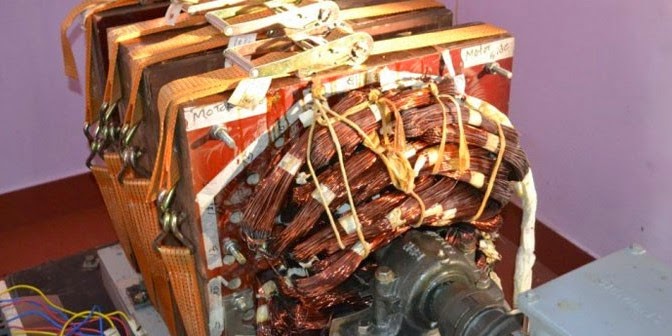'Plant Lamp' Draws Electricity from Soil.
Inspired by real and immediate problems in remote areas of the country,
researchers at Peru’s Universidad de Ingeniería y Tecnología (UTEC) have
developed a remarkable piece of technology — a low-cost LED lamp that uses
plants and soil as its batteries.
The delightfully named Plantalámpara — or “plant lamp” — technically
draws its power from microorganisms in the soil that are released by plants as
they grow.
By way of an energy producing
mesh buried beneath the surface, the system can generate enough power to supply
two hours of light per day, per lamp.
“We put
the plant and soil into a wooden plant pot together with a previously
established and properly protected irrigation system,” says Elmer Ramirez,
professor of Energy and Power Engineering, on UTEC’s project page.
“Then
inside the pot we place the energy generation system that we created which
stores soil and electrodes capable of converting plant nutrients into electric
energy.”
The
plant lamp system was designed by a team of educators and students at UTEC for
a specific purpose — to help out some neighbors. The native Peruvian community
of Nuevo Saposa resides in a remote rainforest region of the country which has
little or no access to electricity.
Recent floods have compounded the problem. According to UTEC’s demo
video, it’s estimated that around 42 percent of the rural population in the
area has no electricity.
For families with small children, or students who need to study, lack of
illumination at night is a constant problem.
The UTEC researchers hope that their new invention will reduce
dependency on dangerous and unhealthy kerosene lamps. So far, UTEC has produced
10 prototypes of the plant lamp, which have been distributed to families in the
village of Nuevo Saposoa.
As to the technical specs, the system is surprisingly straightforward:
Each unit consists of a planter with an electrode grid buried in the soil, in
which a single plant is growing.
The electrode grid grabs up free electrons generated by oxidation
processes and stores the energy in a conventional battery, also buried in the
soil. The battery then powers the low-consumption LED lamp, attached to the
side of the planter.
You can see the process for yourself in UTEC’s demonstration video.




Comments
Post a Comment